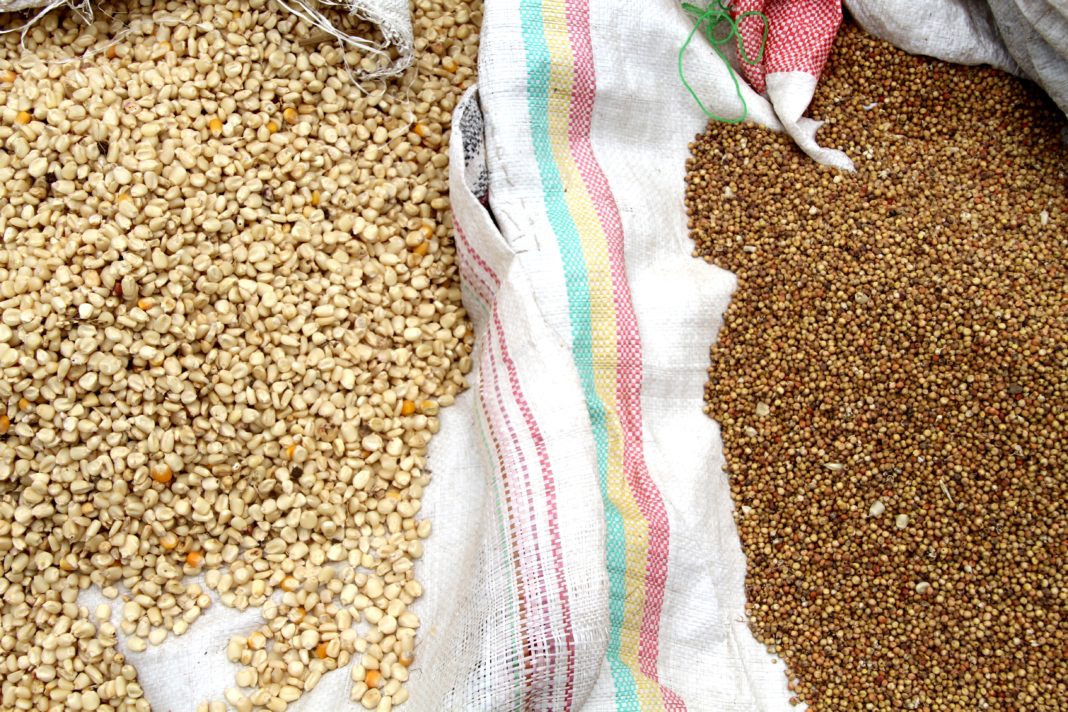When my younger brother was four years old, we used to play a game: He imagined preparing breakfast for me. One day I asked for a second, invisible cup of milk. He went to the kitchen, came back to my room and said: “I am very sorry, the cow has finished the boxes, she doesn’t know where to put the milk”.
We know that cows don’t put milk into the tetra pak boxes, but are we sure we know what we need to know about the food we eat?
I discovered that “No”, I didn’t have very much more knowledge than my four-year-old brother.
Take a seed. It’s genetic material, improved by farmers in a millennia-long process of adaptation to a specific soil or climate, in the effort of increasing yields while responding to the local population nutritional needs. Nowadays, it can also be the result of genetic breeding technologies.
How to manage that genetic material, the DNA at the root of what we eat? In which kind of seed banks should we store it? Who should have access to them? How? Who can improve a seed? Farmers? Bio-tech corporations? Through which technologies? Can seeds be exchanged among farmers or should they pay the price of intellectual property on patented seeds? What links us to a farmer that is saving an ancient variety of rice in West Africa? Those are just a few questions showing how many actors are involved in the food chain and how much interconnected we are.
The way in which a seed is produced or exchanged affects the quality of what we eat, our nutritional status, the biodiversity in the environment, the living conditions of hundreds of million of farmers around the world and at the end the stability of entire countries. That hasn’t happened by chance. It is a matter of choices that result in international and local laws, in subsidies or aid, in trade or health regulations, in resources channelled into different branches of agricultural research. Those are choices that build our food systems.
I could say the same for the management of farmland, livestock, forestry, water, production techniques or trade.
Food and agriculture are a pillar of Degrees of Latitude’s coverage. We try to navigate the complexity of how the world is feeding itself. It has to do with our health – including the spread of outbreaks like Covid-19 – with the health of the planet, with wars and conflicts, with stability, with migrations.
Here is where you can access our resources in a more systematic way. It’s where the story of a farmer meets the analysis of an international negotiation; when we try to make clear why an underreported story needs to be in the healdines.
We hope to help the understanding of why this conversation, if open to all the voices, really matters.
Check it regularly for updates!
Farmers’ voices
The struggle for land and food in the locked-down Philippines
Food innovation
Food in emergency
COVID-19. No school meals, millions of kids at risk of food insecurity
Genetic resources, seeds
Community seed banks: Securing diversity for climate change adaptation



